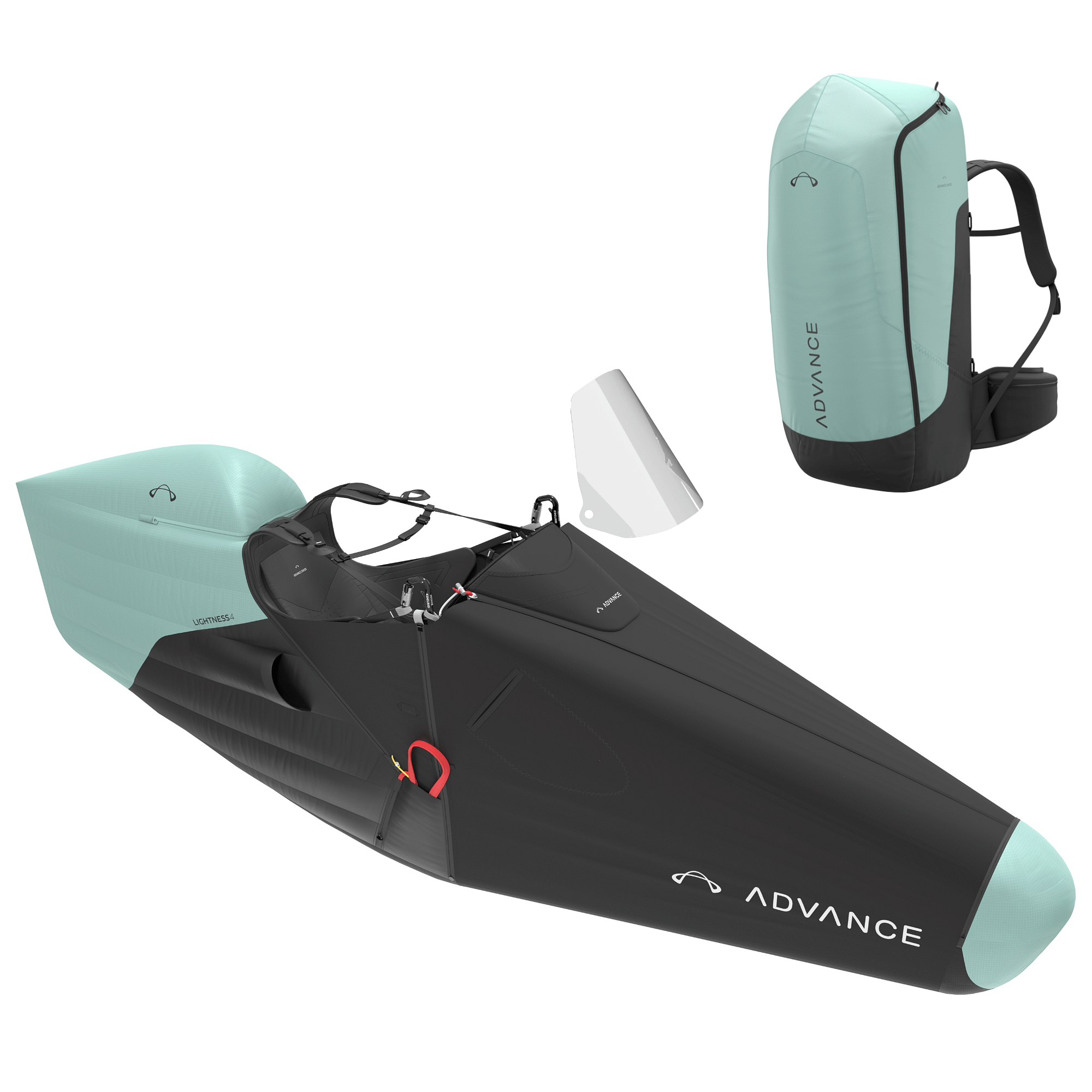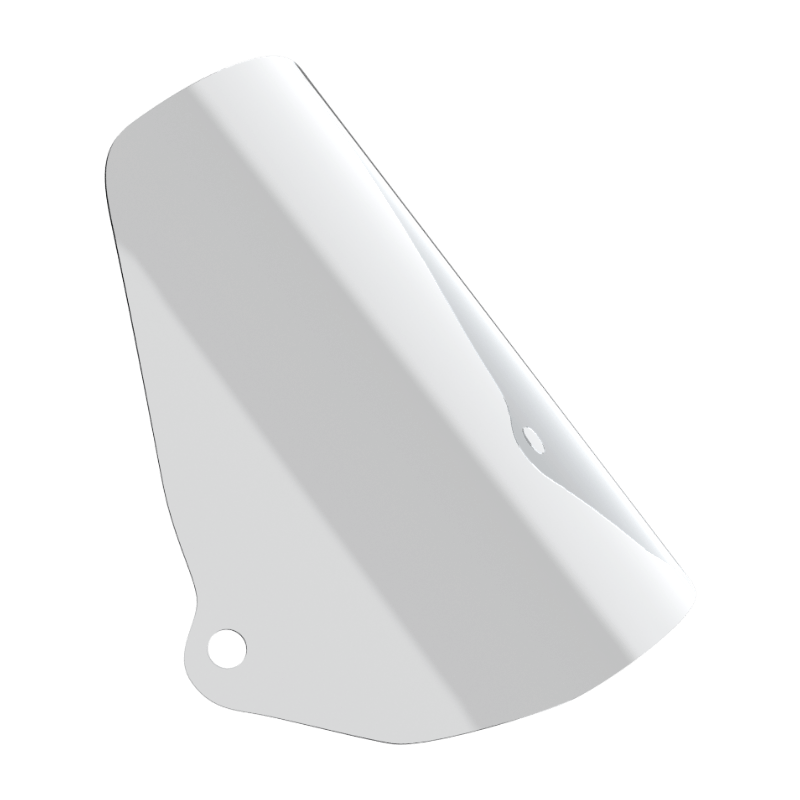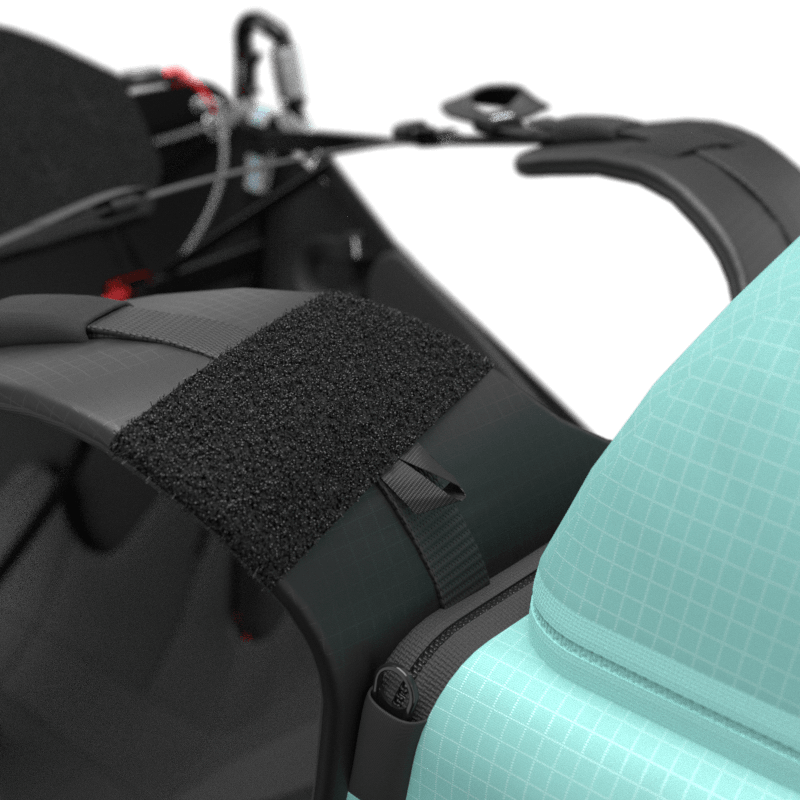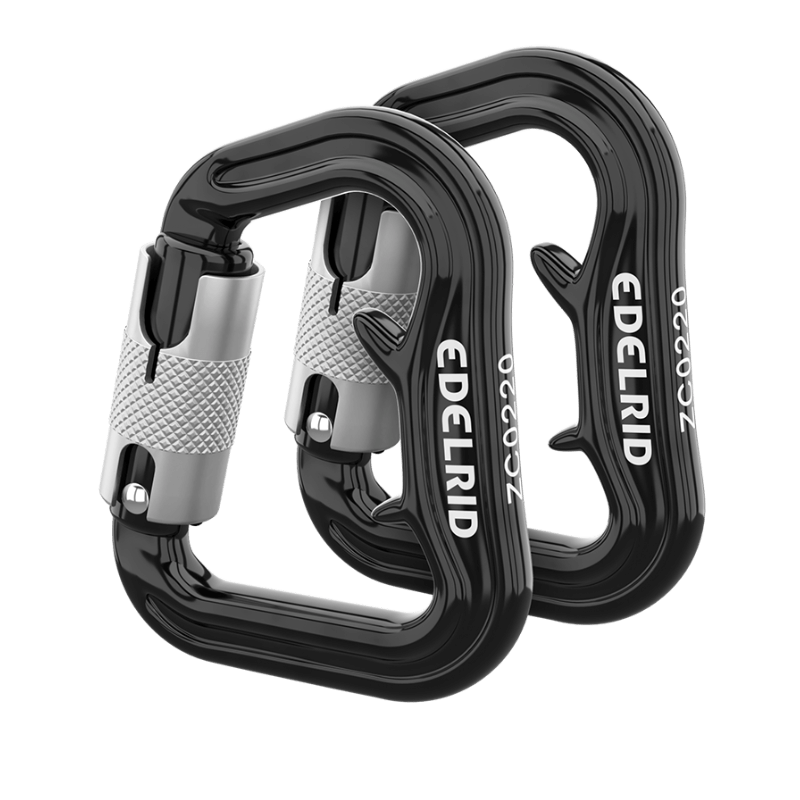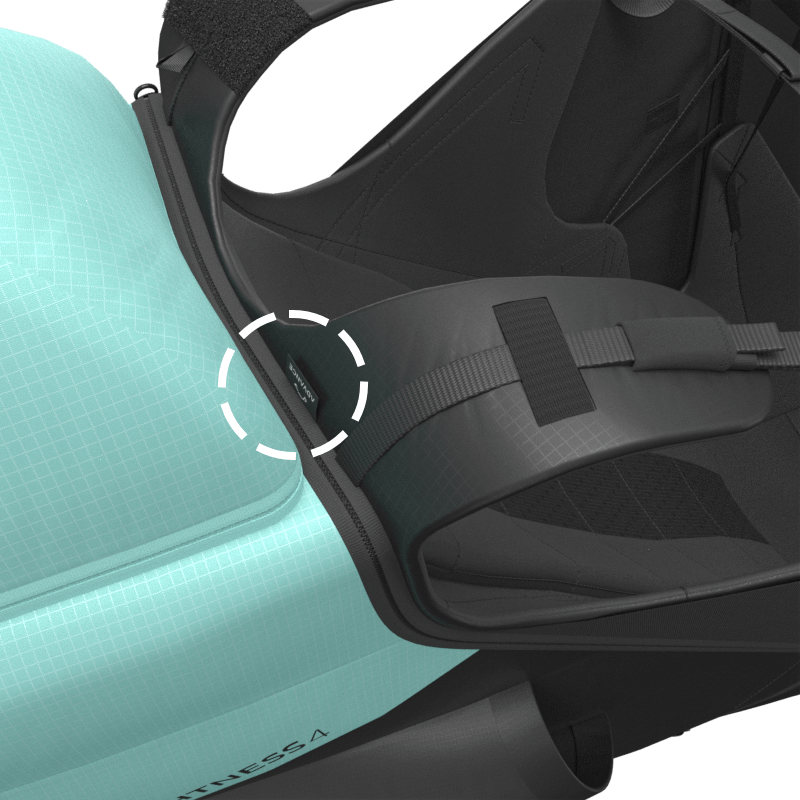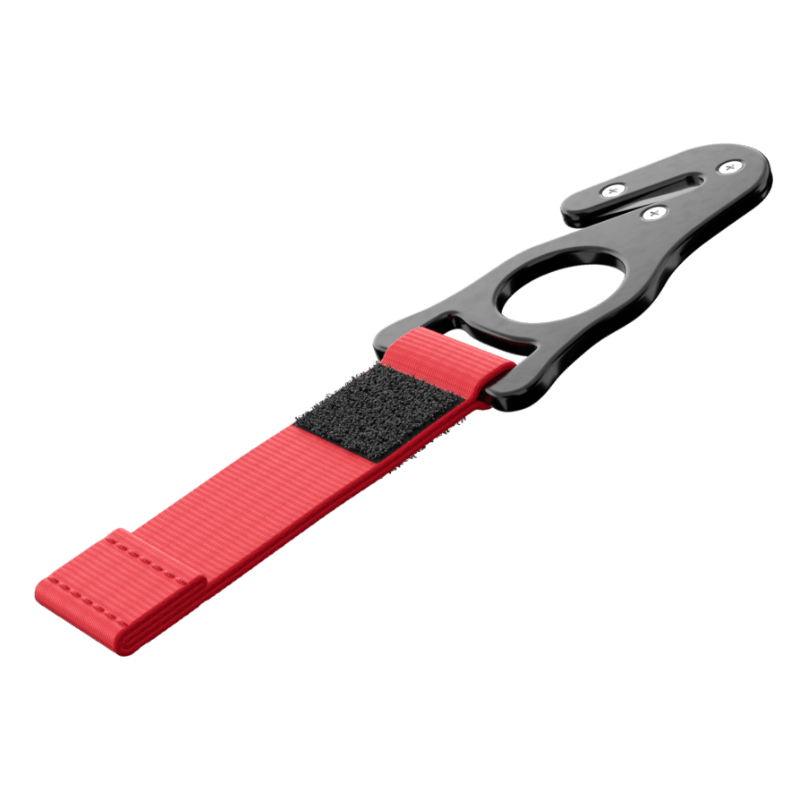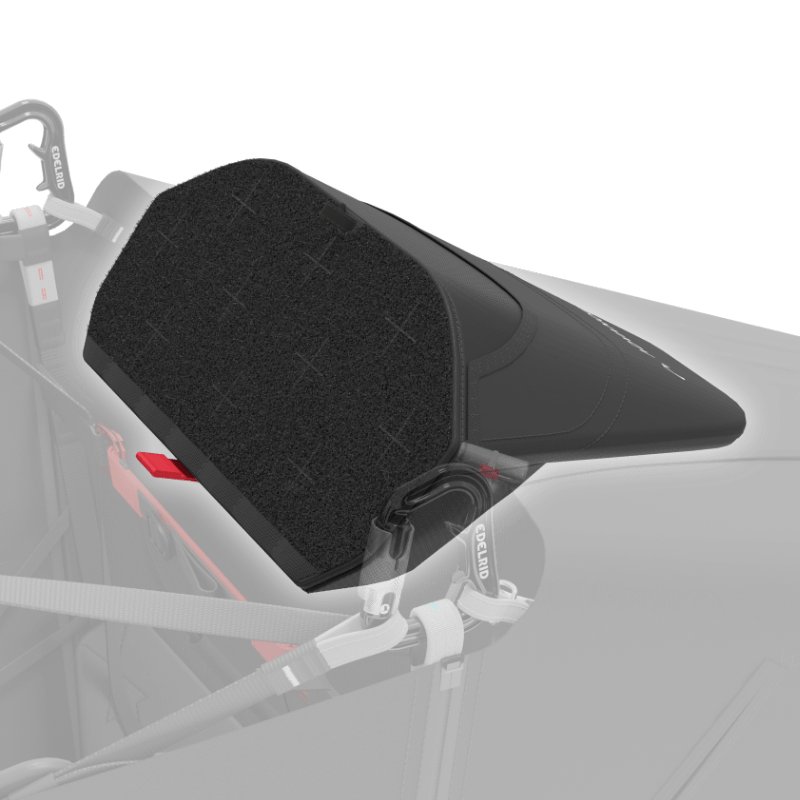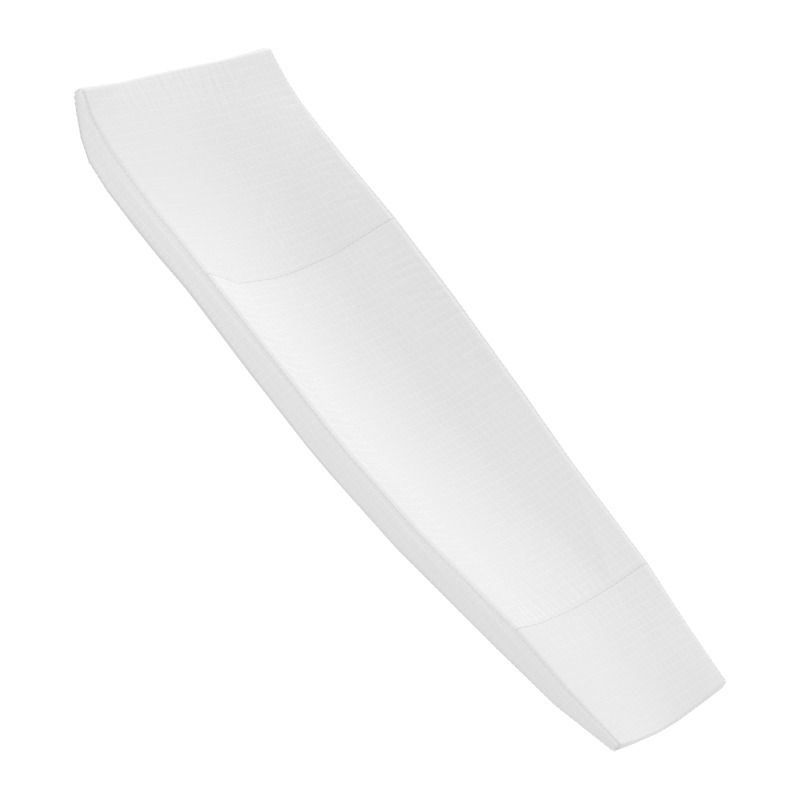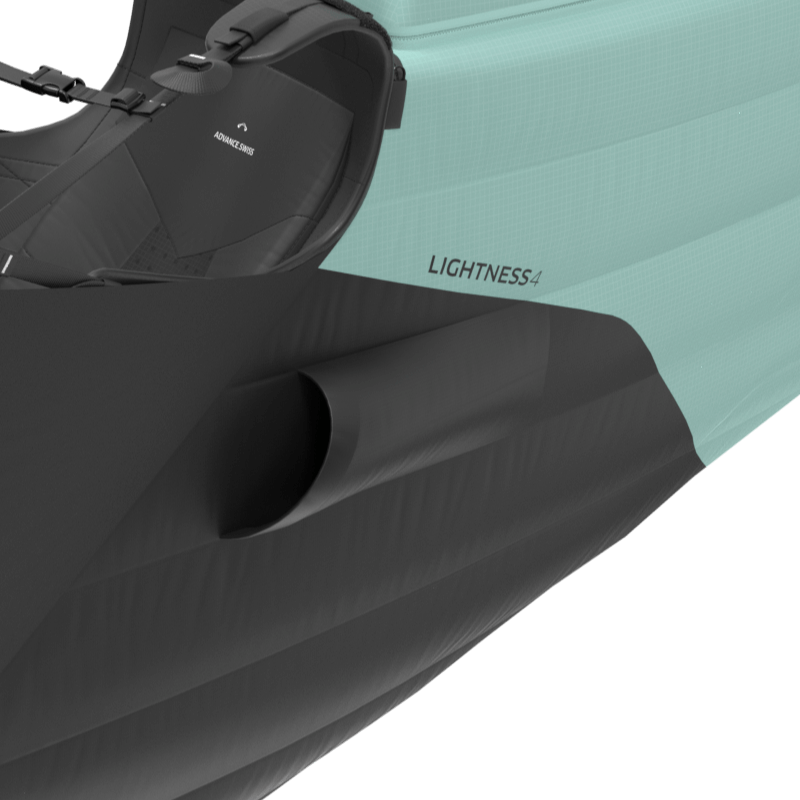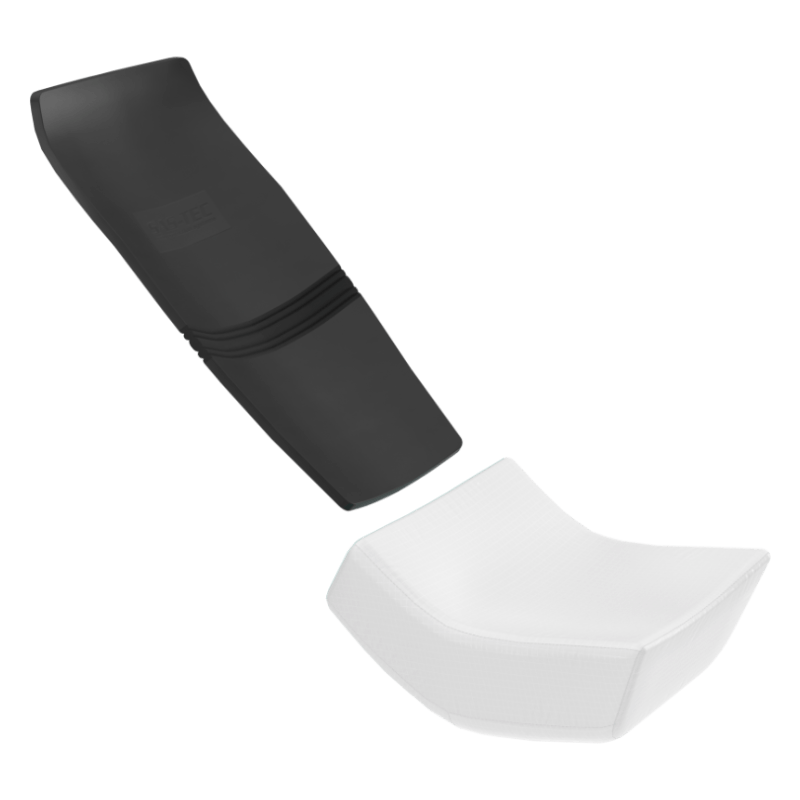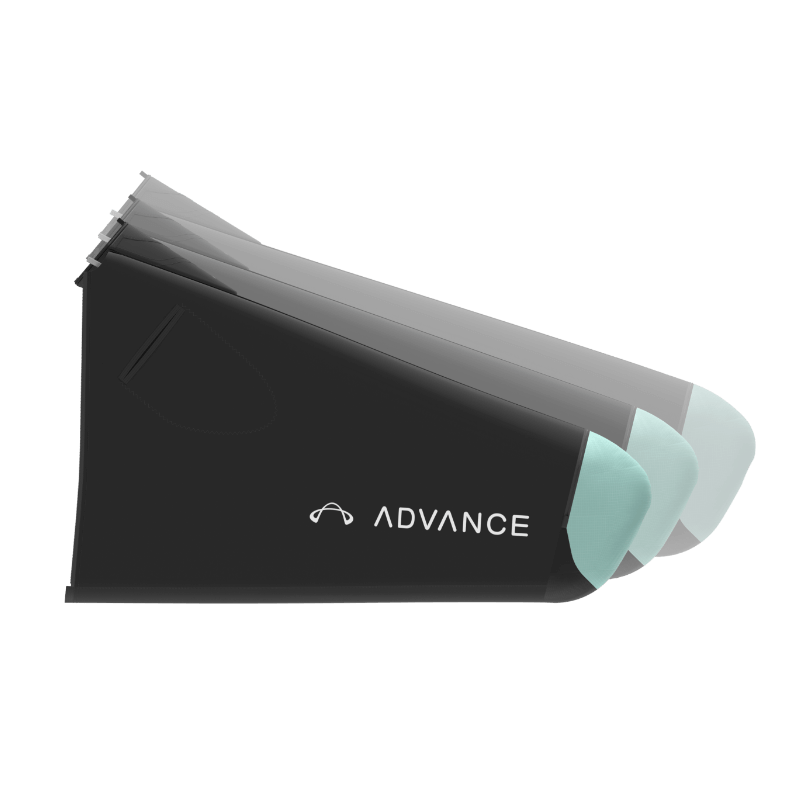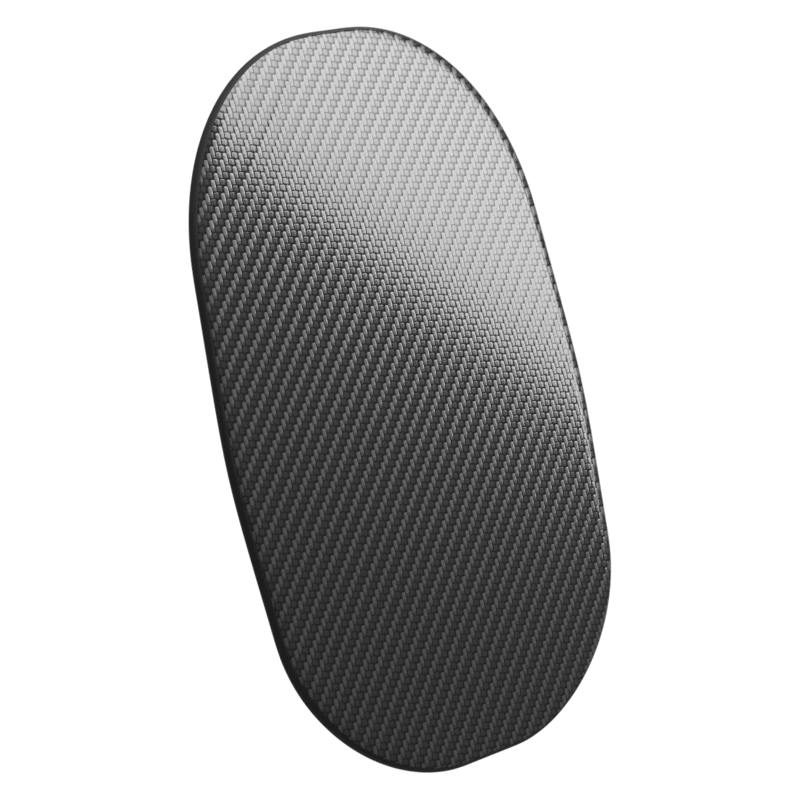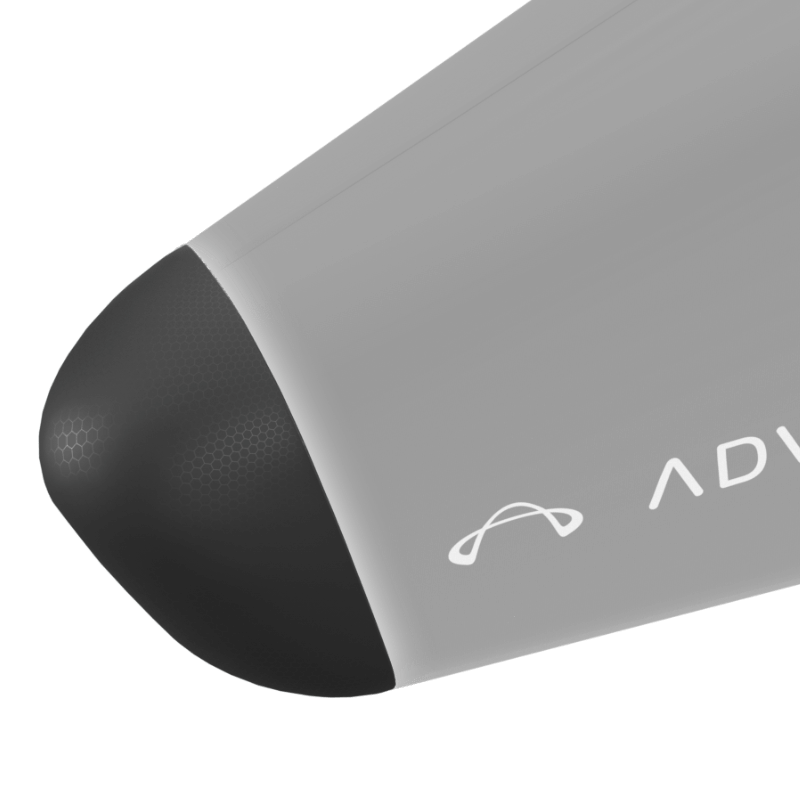
 Comfortable
Comfortable
Comfort Redefined
With the redesigned seat shell, the LIGHTNESS 4 is even more comfortable and ergonomic than its predecessor. It ensures fatigue-free and relaxed flying for many hours. The overall comfort can be further enhanced with the included windshield, which reduces wind chill and wind noise.
 Practical
Practical
Easy Handling
In its fourth generation, the LIGHTNESS is even more user-friendly. Simple adjustment options, easy entry into the speedbag and unimpeded vision in flight contribute to this. These features also make the transition to a pod harness easier and provide a completely new flying experience.
 Sporty
Sporty
Aerodynamic Design
The new rear fairing of the LIGHTNESS 4 offers improved aerodynamics, increased longitudinal stability, and a sportier look. Thanks to its moderate size, it provides benefits without being noticeable during takeoff or flight.
Technology & Features
Technical Data
Data
| LIGHTNESS 4 | S | M | L | |||||||||||||
|---|---|---|---|---|---|---|---|---|---|---|---|---|---|---|---|---|
| 155-172 | 3.25 | 81 | 0.62 (81 l) | EN & NfL / 120 kg | 165-183 | 3.47 | 91 | 0.64 (91 l) | EN & NfL / 120 kg | 178-200 | 3.58 | 91 | 0.64 (91 l) | EN & NfL / 120 kg |
Scope of Delivery
Options
Size
Table
When choosing your ideal harness size, consider your body weight as well as your height. You can customise your LIGHTNESS 4 by combining the different seat shell sizes with the available pod sizes. If you are in the margins of one size, we recommend to test both sizes and seek advice from your dealer.
FAQ
What makes the LIGHTNESS 4 an allround pod harness?
Ease of handling, low total weight, packed size and outstanding comfort - these are just some of the features that apply to the LIGHTNESS 4 light cross-country harness. It can be flown in a reclined position for optimum aerodynamics or in a more upright posture for maximum field of vision. There is hardly any area of use for which the LIGHTNESS 4 is not suitable, be it thermal flying on the local mountain or ambitious cross-country achievements of 400+ km.
Why is the LIGHTNESS 4 especially suitable as a first pod harness?
Many pilots report that the LIGHTNESS series was perfect for them when changing to a pod harness. The LIGHTNESS 4 can similarly be adjusted to the individual body shape in just a few simple steps. Preparing for take-off is easy, and the new Closure Remember System makes securing the harness even more practical as a safety feature. After take-off it is quick and easy to get a foot in the leg bag, and just as easy to get both out before landing. The harness can be flown in an upright position (upper body), which makes this transition easier for takeoff. A new harness geometry gives the pilot a better field of view.
What is different about this fourth Lightness?
The LIGHTNESS 4 has a completely new harness geometry and seat shell. Once again, overall comfort has been significantly improved. Body centre of gravity has been moved forward a little, which improves pilot pitch stability and, above all, widens his/her width of view. The back foam is now outside the basic back structure, which contributes to an agreeable cushion effect. Pilots familiar with the LIGHTNESS 3 may find these improvements feel a little strange at first. After a few familiarisation flights, however, the advantages will become clearly apparent.
Why does a LIGHTNESS 4 purchase include a LIGHTPACK DLS?
Both design and function of the LIGHTPACK DLS perfectly match this harness. When packed for carrying, the two products together form a compact unit. Their combined weight lies close to the hiker’s back, ensuring greater comfort on foot. The LIGHTPACK DLS weighs from 620 gm, has ergonomically shaped shoulder straps and a padded back section, and combines low weight with maximum comfort. The LIGHTNESS 4 routinely comes with an 81 ltr. LIGHTPACK DLS in size S, and a 91 ltr. LIGHTPACK DLS for M and L harnesses. However, a different size can be chosen when ordering.
How much stowage has the LIGHTNESS 4?
The LIGHTNESS 4 has several useable pockets and compartments. The back compartment has a capacity of 22.5 ltr., 35% more than the LIGHTNESS 3, while a further storage compartment under the seat holds an additional 6.5 ltr. There is also a new 8-litre compartment ahead of the feet (in the speedbag nose).
What is the fairing for?
The fairing improves harness directional stability, thus keeping the pilot’s feet pointing in the direction of flight. The resulting reduction in extraneous sideslip drag is clearly noticeable by the pilot as a glide performance improvement. This moderate size fairing is slightly smaller than that of the WEIGHTLESS, and is intended to avoid hindrance to the pilot during takeoff or in flight.
What are the advantages of a windshield?
The windshield significantly reduces wind chill and thus body cooling. It also suppresses annoying wind noise when flying straight ahead - especially when accelerated. The windshield therefore contributes to fatigue-free flying over very long distances.
Related Products
This might also interest you



